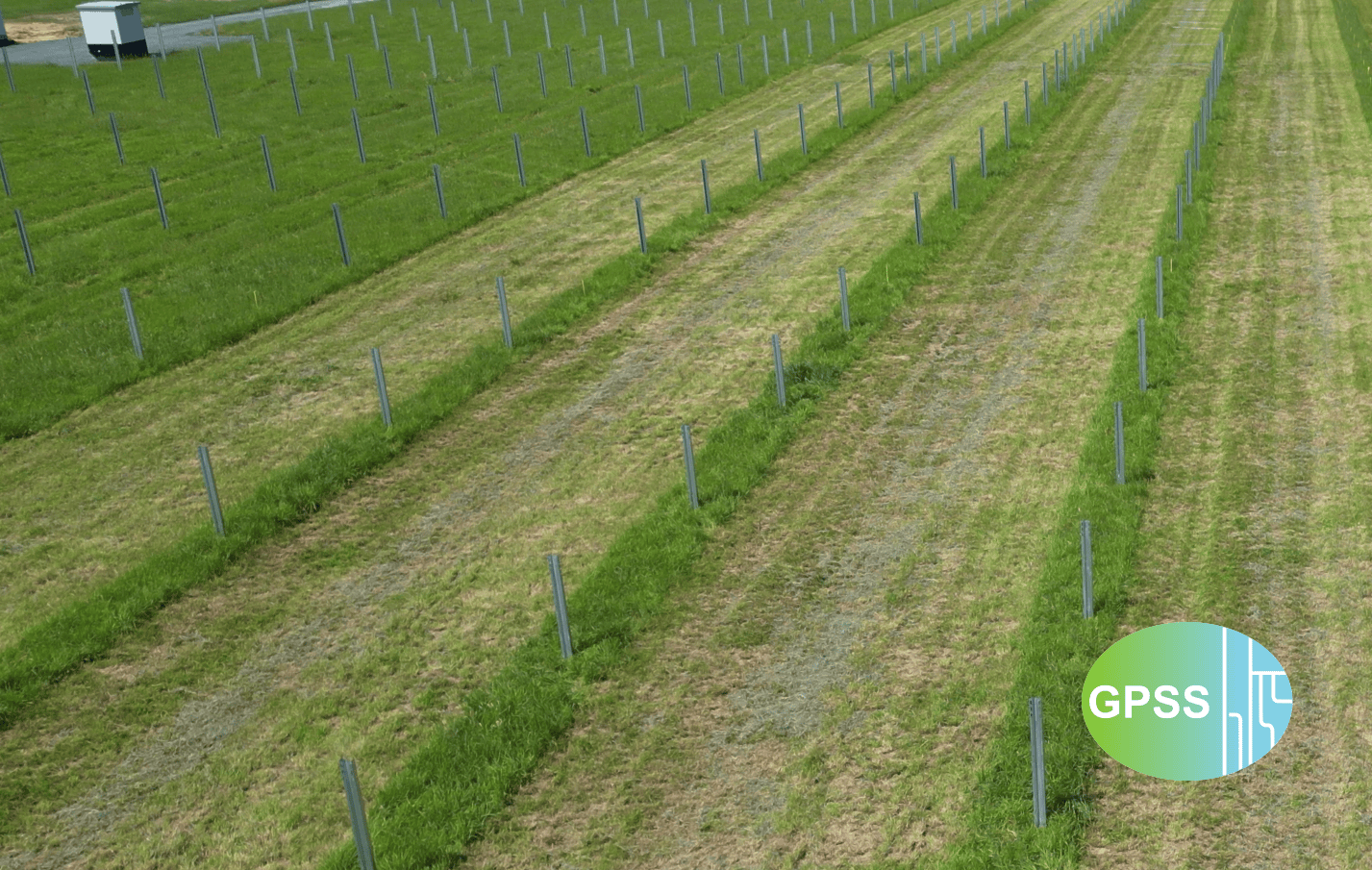
The first Agri-PV system that GPSS is implementing as part of the national pilot tender in the municipality of Kehlen in Luxembourg has successfully entered the construction phase.
The project involves the installation of 49 trackers on 4.6 hectares of grassland. The single-axis tracking of the trackers allows the PV modules to follow the sun’s path from east to west during the day, which increases electricity production. At the same time, it provides high flexibility for active agricultural use, as the PV modules can be positioned vertically during fieldwork, maximizing the working width for the farmer. This provides the farmer with the greatest possible working width. With an installed capacity of 2 MWp, the Agri-PV system in Kehlen can supply over 600 households with electricity.
A central component of the development of the system was the elaboration of an agricultural concept, in constant coordination with the farmer involved. The previous use of the grassland area as a mown meadow will be continued between the tracker rows after installation of the Agri-PV system. The land loss, consisting of areas no longer accessible by machinery and those needed for infrastructure, amounts to only 2.9%. This means that more than 97% of the land can continue to be used agricultural.
Additional ecological measures will be implemented as part of the project to promote biodiversity on the site. For this purpose, endemic wildflower mixtures are being planted in the peripheral areas of the site. The areas below the tracker rows, which are not used during mowing, serve as refuge zones for insects and plants. The avoidance of fertilizers and chemical pesticides will also lead to a more extensive agricultural activity, positively affecting the ecological condition of the area. The plot retains its status as agricultural land even after the installation of the Agri-PV system, allowing the farmer to continue receiving premiums for the implemented eco-scheme.
The first part of the construction phase is nearing completion. The transformer station has been installed and 600 poles for the substructure have already been driven into the ground. The next steps involve installing the axes, bearings and motors for the trackers before the PV modules are installed. In an initial test run, the farmer has already successfully tested the mowing between the poles.
